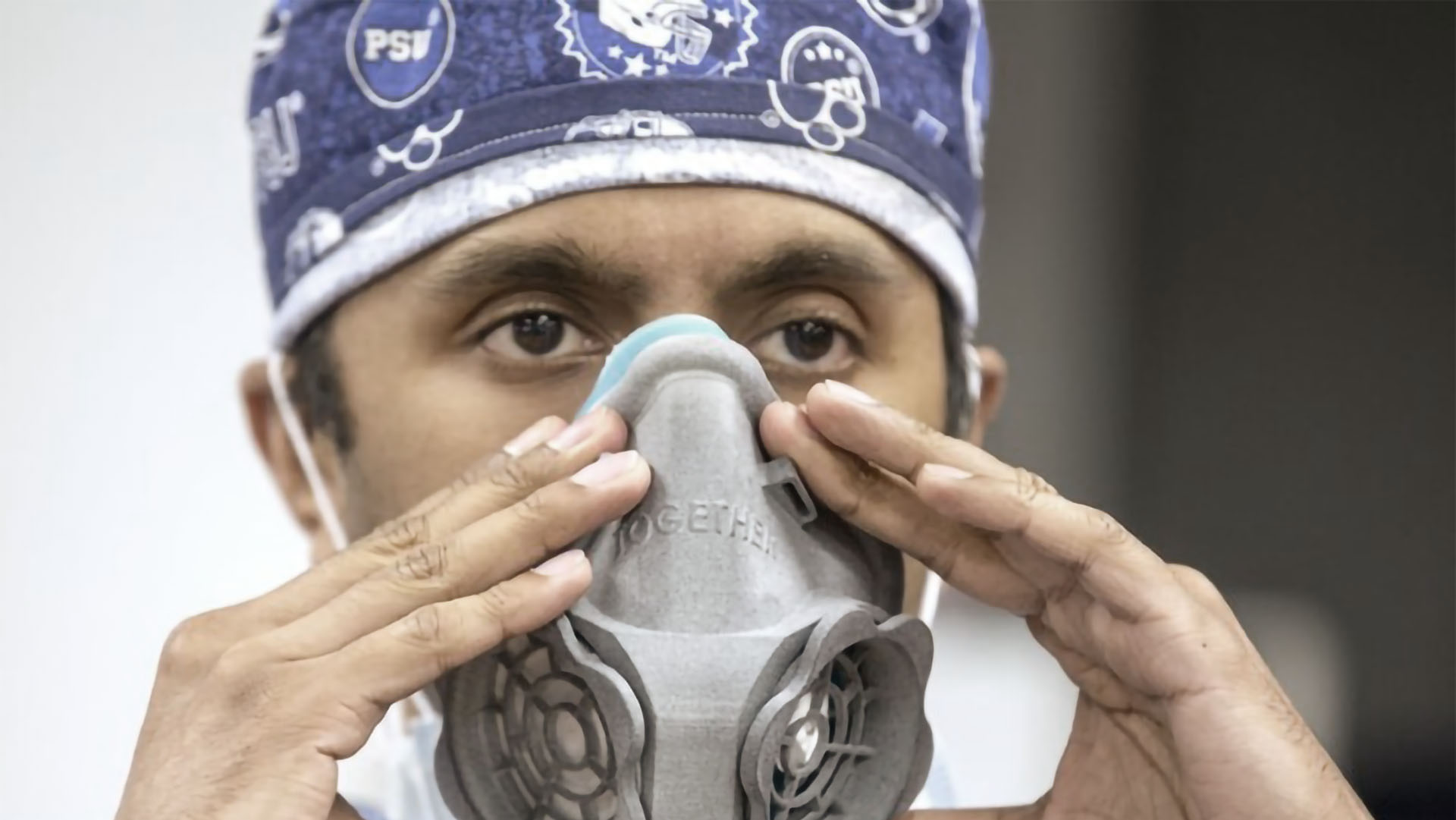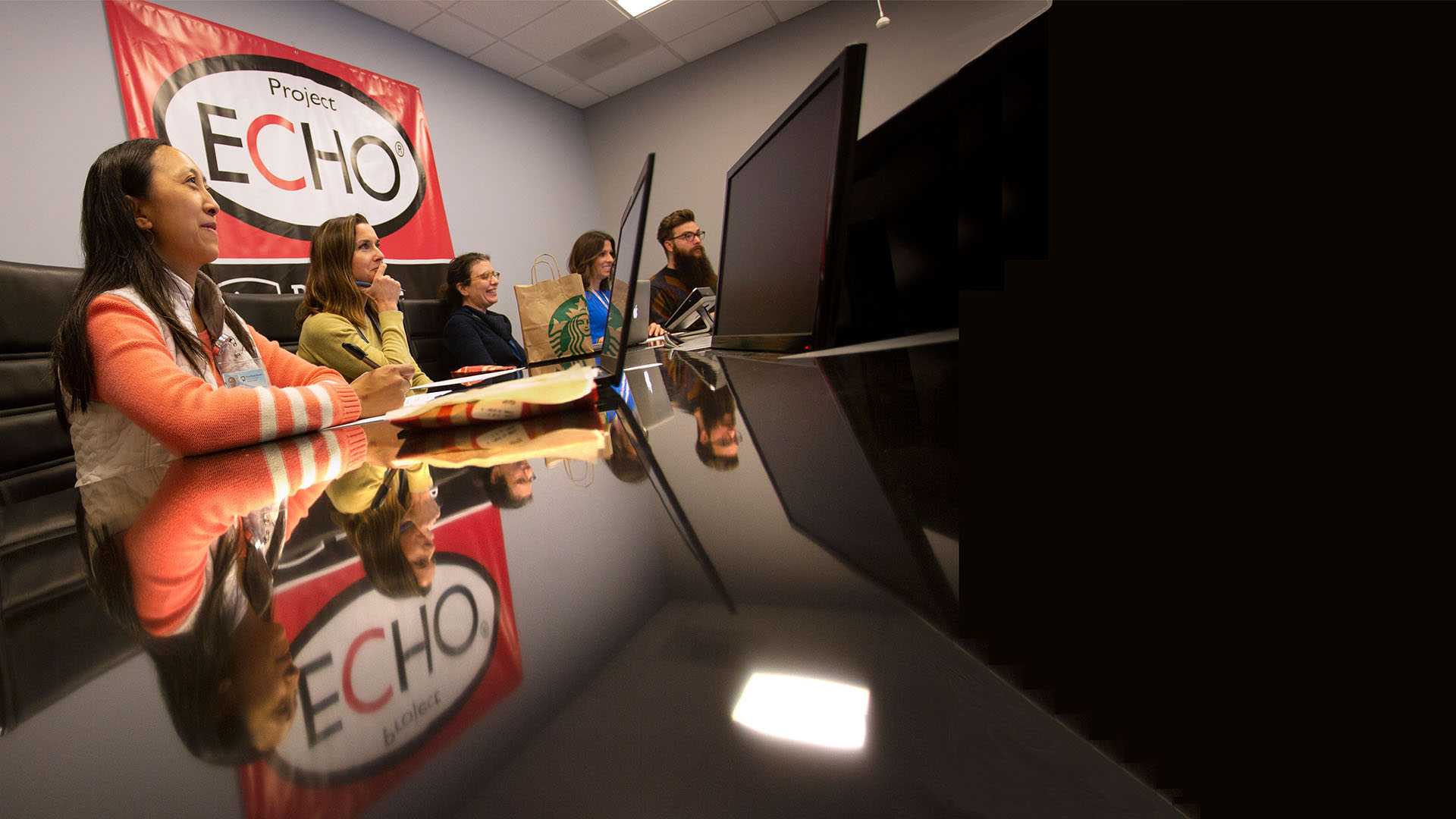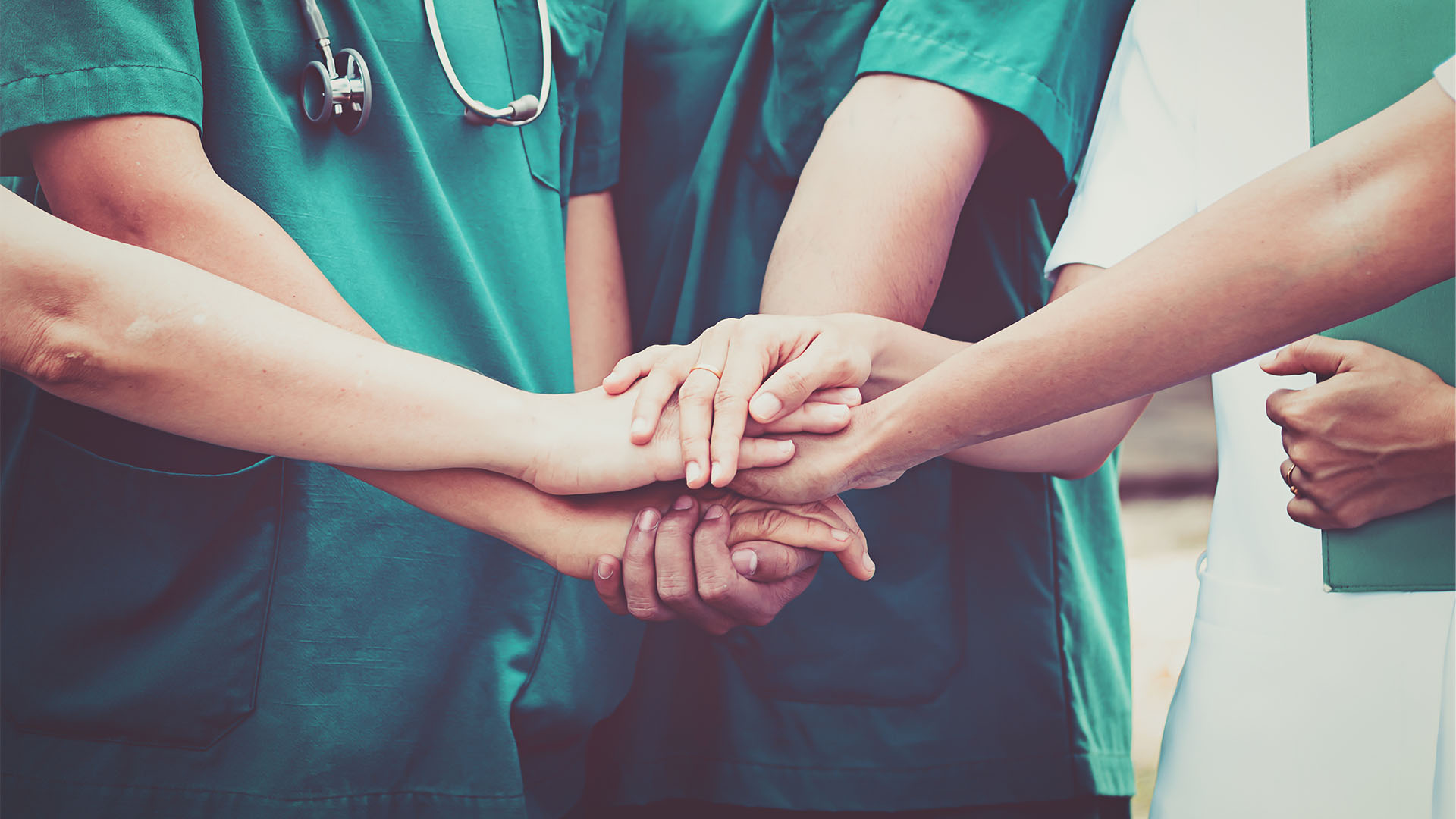cancer care (1) cat videos (1) Centre County (1) child care (1) children (7) civic-engagement (1) collaboration (1) community (3) corrections (1) courts (1) criminal justice system (3) data (2) disparities (2) domestic abuse (1) economy (3) education (6) employment (3) ethics (1) exercise (1) Extreme Risk Protection Orders (1) family (4) fear (1) food insecurity (2) foodservice (2) foster care (1) graphic images (1) grief (1) gun homicide (1) gun lobby (1) gun ownership (1) gun suicide (1) gun violence (4) harm reduction (1) health (6) health care (5) heroin (1) homelessness (1) hospitals (2) human services (1) hunger (2) income (1) infotainment (1) innovation (5) international (2) internet (1) interpersonal communication (1) journalists (1) maltreatment (2) mass shooting (1) mass shootings (1) media (1) media consumption (1) media coverage (1) mediated communication (1) medication-assisted treatment (1) memes (1) mental health (8) mental illness (1) mixed-methods (2) mood (1) moral emotions (1) news media (1) non-profit (1) opioid crisis (1) Pennsylvania (15) policing (2) policy (1) prevention (7) privacy (1) psychology (5) public health (1) public knowledge (1) qualitative research (1) race (1) racial disparities (2) racial injustice (1) red flag laws (1) relationships (1) research (5) rural (2) school districts (2) school shooting (1) school shootings (2) shooting victims (1) social media (1) special education (1) stigma (2) stress (1) student athletes (1) substance use (4) substance use disorder (1) supply chain (1) survey research (2) technology (4) threat assessment teams (1) treatment (4) TX (2) urban (1) Uvalde (2) weather (2)
The Manufacturing And Sterilization for COVID-19 (MASC) Initiative
Author:
Timothy Simpson
Published:
COVID-19 presents a real-time educational opportunity
Author:
Matthew Johnson, Ph.D.
,
Amber Cesare
,
Tiffany Lewis
,
Kathleen Hill, Ph.D.
Published:
Project ECHO at Penn State College of Medicine
Author:
Jennifer L. Kraschnewski, M.D. MPH
,
Erica Francis, M.S.
,
Ellie Hogentogler, B.S.
Published:
Building Community in Medical Education during the COVID-19 Pandemic
Author:
Mark Stephens, M.D.
,
Thomas Laux
,
Daniella Lipnick
,
Ryan Kenney
,
Lindsay Buzzelli
,
Jeffrey Wong, M.D.
,
Dan Wolpaw, M.D.
Published:
Bridging Research and Policy During a Pandemic
Author:
Taylor Scott, Ph.D.
,
Cagla Giray, Ph.D.
Published:




